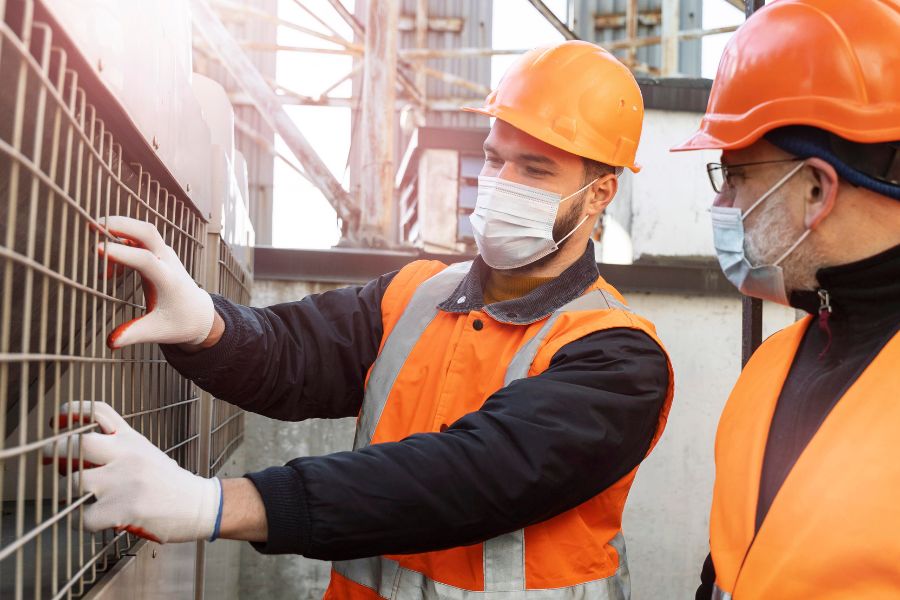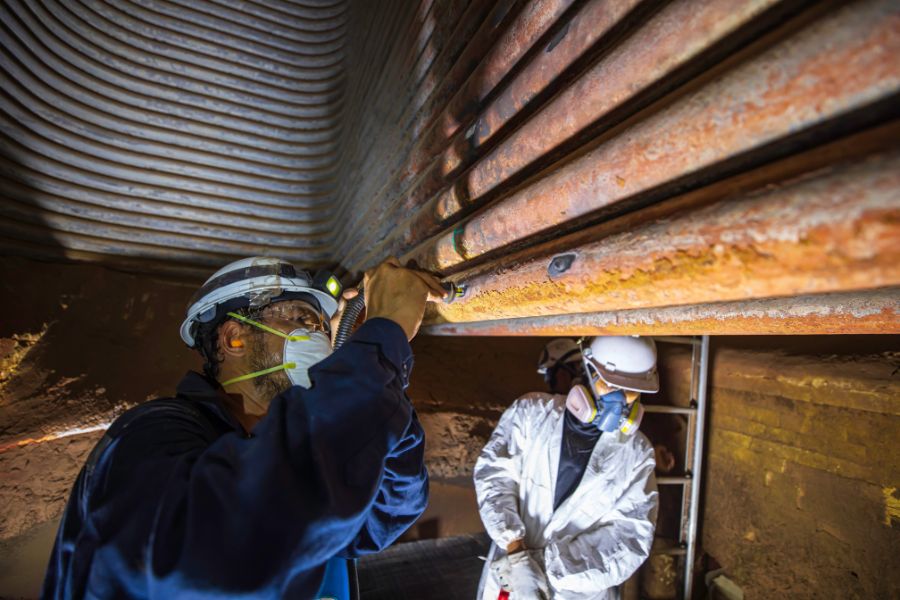Expert Tips for Effective Cathodic Protection of Iron
At CORCON Institute of Corrosion (CIC), we are dedicated to advancing corrosion awareness and effective protection strategies, particularly in the realm of cathodic protection of iron structures. Our institute, established in 2014, collaborates with industry leaders and experts to promote best practices, offer training programs, and conduct research aimed at extending the lifespan of critical infrastructure.
Understanding Cathodic Protection of Iron
Cathodic protection is a crucial technique used to mitigate corrosion in iron and steel structures by controlling the electrochemical reactions that cause deterioration. It works by applying a direct electrical current to the structure from an external source (impressed current cathodic protection) or by using sacrificial anodes made of more reactive metals (galvanic cathodic protection). This process shifts the corrosion potential of the iron structure to a more protective, less corrosive state.
Understand the Environment
A thorough understanding of the environment where the iron structures are installed is crucial for the successful cathodic protection of iron. Factors such as soil resistivity, moisture content, temperature, and the presence of contaminants can significantly influence the corrosion rate. Conduct a comprehensive environmental assessment to determine the most suitable cathodic protection method. For example, high soil resistivity may require more robust protection measures compared to low-resistivity environments.
Proper Design
The design of the cathodic protection system is pivotal. A well-designed system, tailored to the specific requirements of your iron assets, ensures optimal performance. This involves selecting the appropriate type and number of anodes, calculating the required current output, and ensuring uniform protection coverage. The design process should also consider the lifecycle costs and maintenance needs to provide long-term protection. Engaging experienced professionals in the design phase can greatly enhance the effectiveness of the cathodic protection of iron structures.
Regular Monitoring
Regular monitoring is essential to verify the effectiveness of the cathodic protection of iron. Establish a routine monitoring program that includes measuring the structure-to-electrolyte potential and current output. These measurements help detect any deviations from expected performance, allowing for timely adjustments. Advanced monitoring techniques, such as remote monitoring systems, can provide continuous data and early warning signs of potential issues, ensuring the iron remains protected at all times.
Maintenance Schedule
A proactive maintenance schedule is crucial for sustaining the cathodic protection of iron. Regular inspections and maintenance activities should be conducted to ensure all components of the system are functioning correctly. This includes cleaning anodes, checking electrical connections, and verifying that the current output remains within the desired range. Scheduled maintenance helps prevent unexpected failures and extends the overall effectiveness of the cathodic protection system.
Training and Certification
Properly trained personnel are essential for the successful implementation and maintenance of cathodic protection systems. Certification programs ensure that technicians possess the necessary skills to install, monitor, and troubleshoot these systems effectively. At Corcon – Institute of Corrosion, we offer comprehensive cathodic protection programs. Our training courses are aligned with industry standards, enhancing professional competence in corrosion control.
Compliance with Standards
Compliance with industry standards and guidelines is essential for effective cathodic protection of iron. Standards set forth by organizations like NACE International (AMPP) provide a benchmark for quality and performance. Adhering to these standards ensures that your cathodic protection system meets regulatory requirements and functions optimally. Regular audits and reviews of compliance can identify areas for improvement and ensure ongoing adherence to best practices.
Risk Assessment
Conducting periodic risk assessments helps identify potential threats to the cathodic protection of iron structures. These assessments should evaluate factors such as environmental changes, structural modifications, and operational conditions that could affect the system’s performance. By identifying and mitigating risks early, you can adjust the protection measures accordingly and maintain the integrity of the iron structures.
Documentation
Maintaining comprehensive documentation is crucial for the effective management of the cathodic protection of iron. Detailed records of system installation, monitoring data, maintenance activities, and inspection reports provide valuable information for troubleshooting and future planning. Documentation ensures continuity in management and facilitates informed decision-making, especially when personnel changes occur or when scaling up protection measures.
Closing Insights
Effective cathodic protection of iron structures is vital for mitigating corrosion-related risks and extending the operational lifespan of assets. By following best practices in environmental assessment, system design, monitoring, maintenance, and compliance with standards, organizations can ensure reliable and cost-effective corrosion control solutions. CORCON Institute of Corrosion (CIC) remains committed to supporting industry professionals through education, training, and advocacy, reinforcing our dedication to excellence in corrosion management.
For more information on cathodic protection and corrosion control solutions, visit CORCON Institute of Corrosion.

